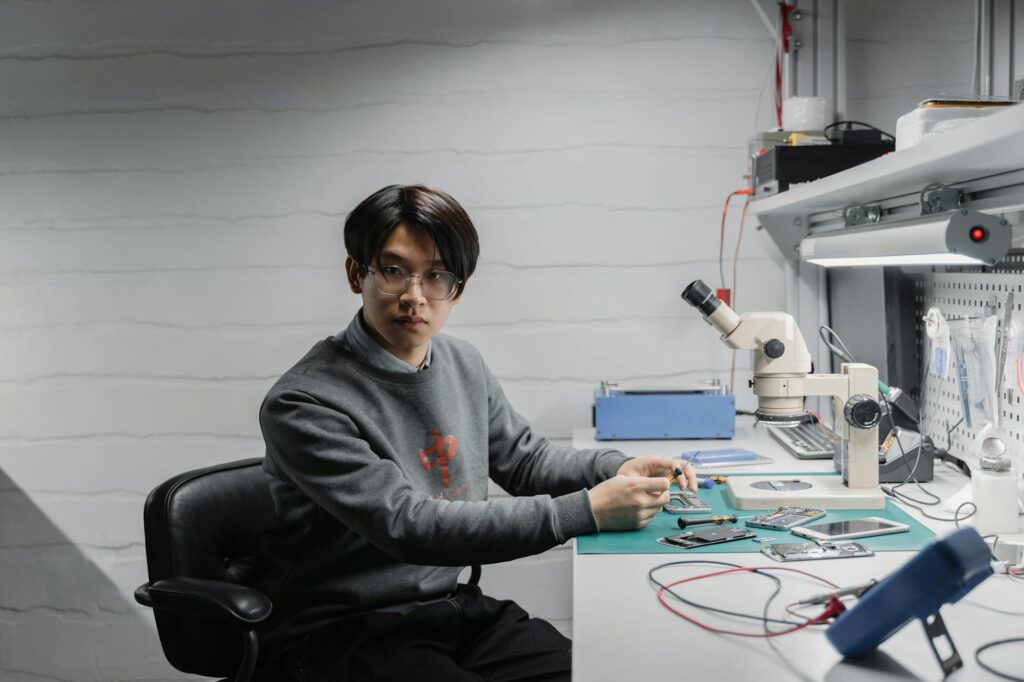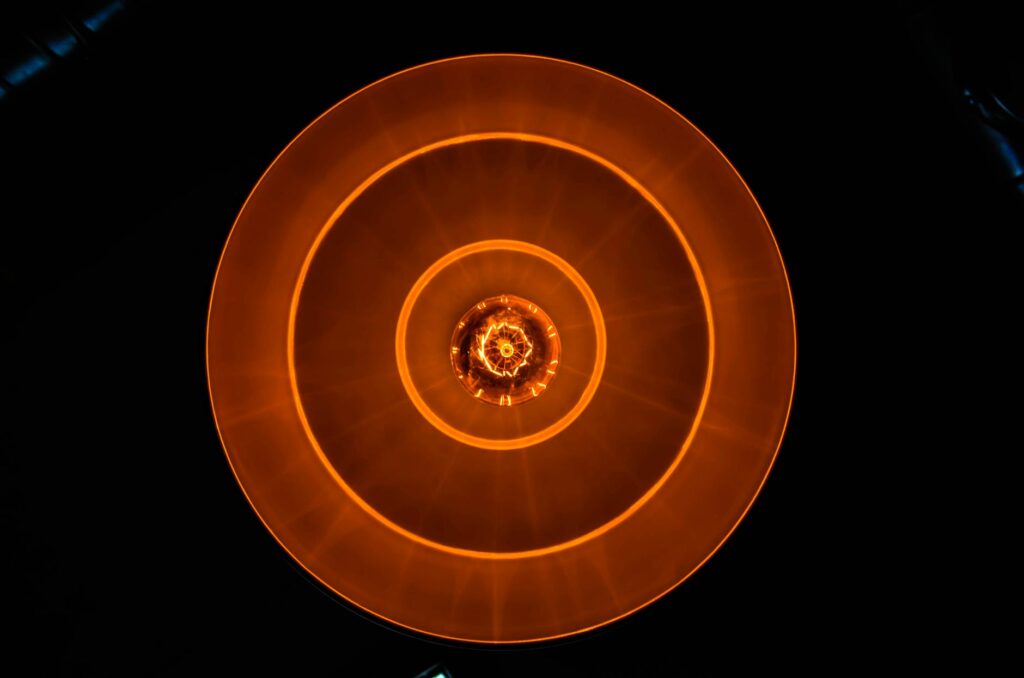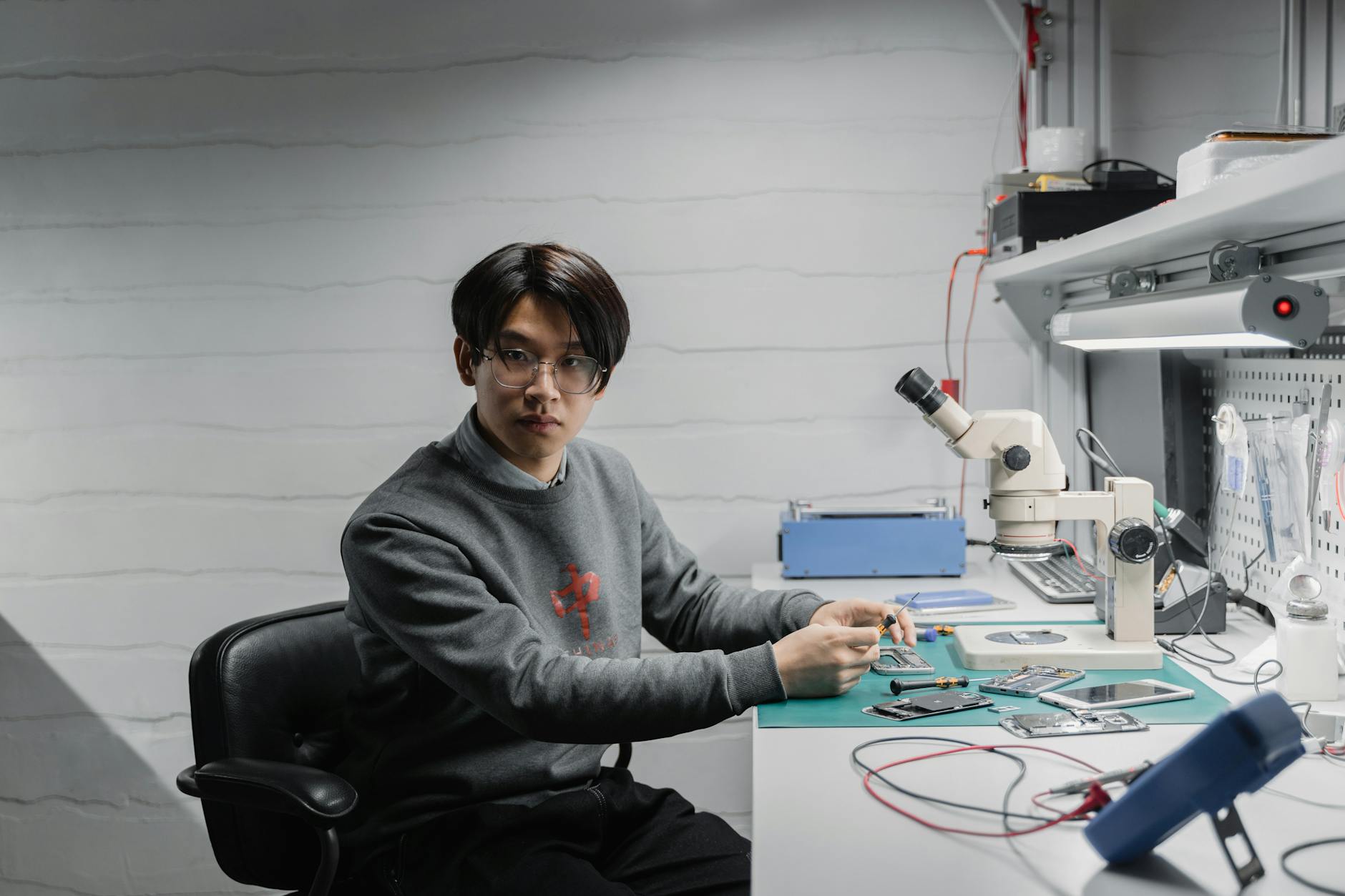The enchanting dance of colorful blobs inside a lava lamp has captivated many since its invention in the 1960s. But what exactly is happening inside these mesmerizing decorative pieces? Let’s delve into the science behind the blob and uncover the secrets of how a lava lamp works.
The Basics of a Lava Lamp
Lava lamps consist of a specially designed glass bottle filled with a clear liquid and a wax-like substance. When the lamp is turned on, a light bulb at the bottom heats the wax, causing it to rise and fall in captivating, slow-moving blobs. This basic mechanism creates the iconic lava lamp effect that many find soothing and hypnotic.

Understanding the Materials
The magic of a lava lamp lies in the choice of its two main components: the wax and the liquid. The liquid is typically water mixed with chemicals to adjust its density and viscosity. The wax, on the other hand, has a specific density that makes it slightly heavier than the liquid at room temperature, but lighter when heated. This delicate balance is what allows the wax to float and sink in the fascinating patterns observed in a lava lamp.
The Role of Heat
The heat generated by the lamp’s bulb serves as the catalyst for the movement of the wax blobs. As the wax heats up, it expands and becomes less dense than the surrounding liquid, causing it to rise. Once it reaches the top, where it’s cooler, the wax cools down, contracts, and eventually sinks back to the bottom to reheat and rise again.
Color and Light Effects
The visual appeal of a lava lamp is not just in the motion of the wax but also in its vibrant colors and the way light plays through the blobs and the surrounding liquid. The wax and liquid can be dyed different colors, creating a stunning contrast. Additionally, the translucency of the materials allows for a mesmerizing light show as the bulbs illuminate the blobs from beneath.

Design and Variations
Today, lava lamps come in a vast array of shapes, sizes, and colors. Some feature glitter or other shapes besides the traditional blobs. Despite these variations, the basic principle of a lava lamp remains the same, relying on the density and temperature differences between two incompatible liquids to create motion.
Troubleshooting Common Issues
Lava lamps are generally low-maintenance, but they can occasionally run into problems such as the wax sticking to the sides or the blobs not forming properly. These issues are often caused by running the lamp for too long or too short a time. Proper care and maintenance can prevent or resolve these problems, ensuring the lava lamp functions smoothly.
The Science in Action
A lava lamp is a fascinating example of basic principles of physics and chemistry in action. From density and buoyancy to heat transfer, these decorative pieces demonstrate several scientific concepts in a visually appealing way that captures the imagination.

In conclusion, the allure of the lava lamp goes beyond its aesthetic appeal. At its heart, a lava lamp is a demonstration of the principles of density, buoyancy, and heat transfer, wrapped up in a colorful and captivating package. Whether used for decoration, relaxation, or educational purposes, a lava lamp adds a touch of magic to any room.
Frequently Asked Questions
1. How long does it take for a lava lamp to warm up and start working?
2. Can I leave my lava lamp on all night?
3. Can I replace the bulb in my lava lamp?
4. How can I fix a lava lamp that has stopped working properly?
5. Are lava lamps safe to use?
For more fascinating insights into everyday phenomena, check out our articles on the science of rainbows and how magnets work. Explore the wonders of astrophysics for more complex demonstrations of physics in our universe.





